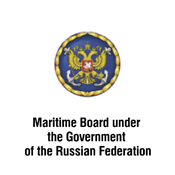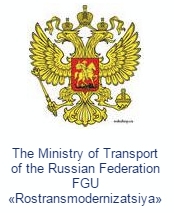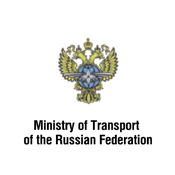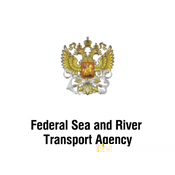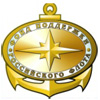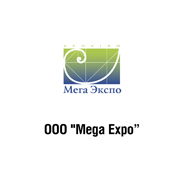May 07, 2015
Greetings from the Ministry of Industry and Trade of the Russian Federation
January 28, 2015
The Forum organizers received the greeting from Gutenev V.V., the First Deputy Chairman of the Russian Engineering Union.
January 15, 2015
The Government of the Russian Federation addressed a welcome letter to the V International Forum Marine Industry of Russia.
Ship Navigation, Control and Communication Systems – a brief overview
The main task of navigation is accident-free and optimum run of a vessel between stated points of a certain water area. With account of ships’ safety, it can be realized as follows:
- Selection of the safest and time-optimum vessel’s route (plotting).
- Travel of a vessel on the selected path, i.e. on the appropriate route, under constant control of the position of the vessel.
- Observation of the weather and forecast of its changing along the ship’s route.
- Observation of the state of the way – navigable depth, situation marks, various obstacles (passing ships, ices, etc).
- Continuous communication with the outside and other ships.
This tasks of navigation require to equip vessels with systems and instruments which purposes can be classified as follows:
- control systems and ship devices, including management of ship energy supply, ship damage and support equipment, ship plant control systems as well as valves, detectors, rotation controllers, etc;
- navigation systems – onboard facilities and equipment designed for work with satellite navigation systems;
- communication equipment – sat-phones, Global Maritime Distress and Safety System (GMDSS), broadcast equipment, etc.
- optical devices – from complex modern systems, optical range-finders to well known distance measuring equipment, periscopes, stereo telescopes and binoculars.
Navigation automated complexes
Ship navigation, control and communication systems of modern vessels are merged together into navigation automated complexes (NAC). Depending on structure, they can be decentralized, centralized and module.
Decentralized navigation systems consist of independent facilities designed to autorun of simple operations (reckoning, route stabilization, etc). The navigator is charged for total registration of the summarized data and their correlation.
In case of centralized navigation systems, all such tasks are performed by a computer.
NAC consists of the following measuring instruments, equipment and devices: gyrocompass, log, echo-sounding device, receivers of positioning systems, data translatory and display mechanisms.
Owing to the operation conditions, the navigation equipment must be of minimum dimension and weight, consume low power, be highly reliable, and capable of working during vibration, rocking, strokes as well as in various temperature and humidity conditions. Besides, the equipment must solve assigned tasks, be easy to operate, ensure control of the system state and correctness of the task solving, and, of course have reasonable price.
Module complexes are a group of independent sub-systems performing definite tasks. Every module can work both independently and together with other modules.
Radar Stations
Radar stations (RS) are a special group of wireless measuring devices. They are important in ensuring safe navigation in low-visibility conditions. Their primary function is ensuring of detection of vessels, buoys, other overwater objects and obstacles as well as of coastline and beacons. The minimum onshore facility detection range is 50 meters.
Communication Systems
Radio communications of short-, medium-wave and intermediate broadcast band as well as modern satellite equipment are used for communication among vessels and shore services. All of them are components of the global marine distress and safety system (GMDSS).
GMDSS also includes search and rescue system КОСПАС-SARSAT; the satellites of this systems receive emergency radio signal, determine coordinates of its source and transmit those to rescue services.
Situation in Russia
Development of satellite navigation systems and expansion of their application field are topical for the whole world. And Russia is not an exception. The first domestic navigation satellite Kosmos-192 was launched into the orbit in 1967. 12 years later Tsikada system consisting of 4 low-orbit satellites started to work. In 1982 first satellites of the new navigation system GLONASS were launched. By 1996, the number of GLONASS satellites reached the standard. At that was the end of it. Since 1998 GLONASS stopped developing.
GLONASS satellites are at an altitude of 19.1 thousand km. They run three orbits, 8 satellites per each. Orbital period is 11 hours 15 minutes. Each year, the number of satellites decreases, since there are no sufficient funds for their maintenance. Usage of the system for civil purposes would have helped, but there are some secrecy and legal considerations.
New vessels, especially war ships, are equipped with digital controls for on-board systems, satellite communication kits and GLONASS satellite navigation system. The network of control-correcting stations (CCS) used to improve the accuracy of the satellite navigation systems is developing step by step.
© Marine Industry of Russia, 2009-2010. All rights reserved.
By: “Ideological buiseness-projects”
Design by Valentina Ivanova.
